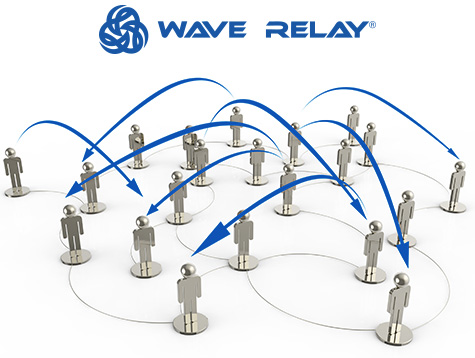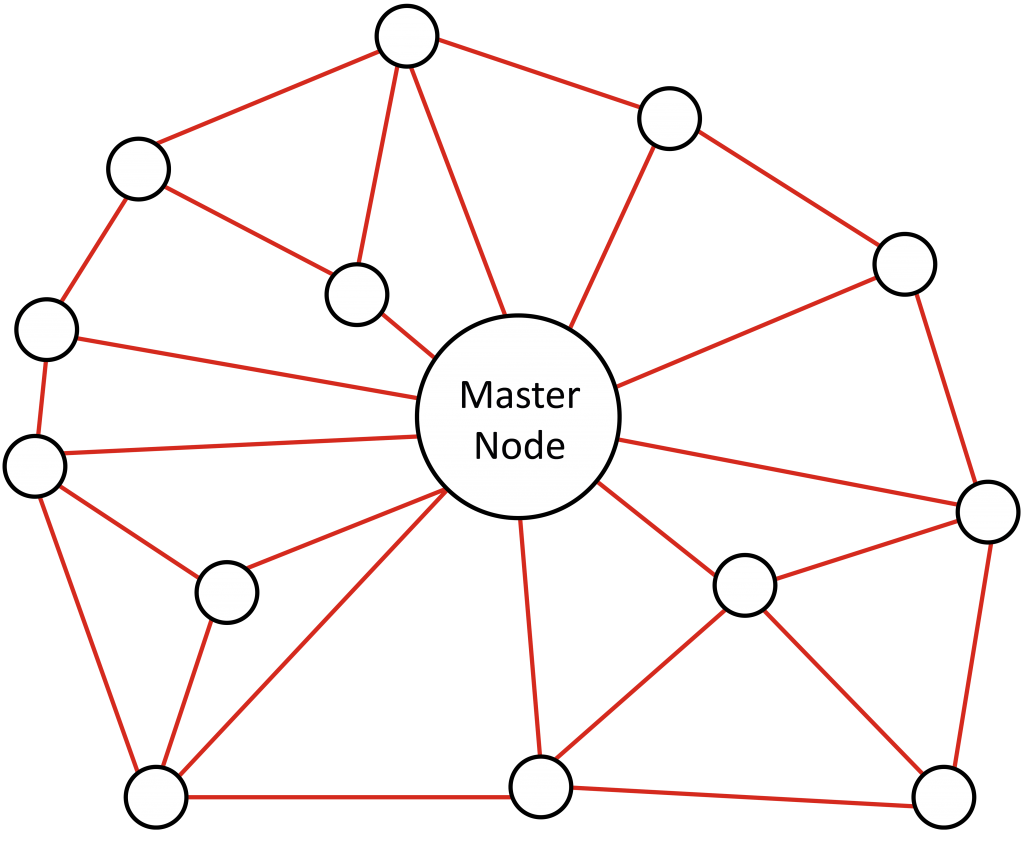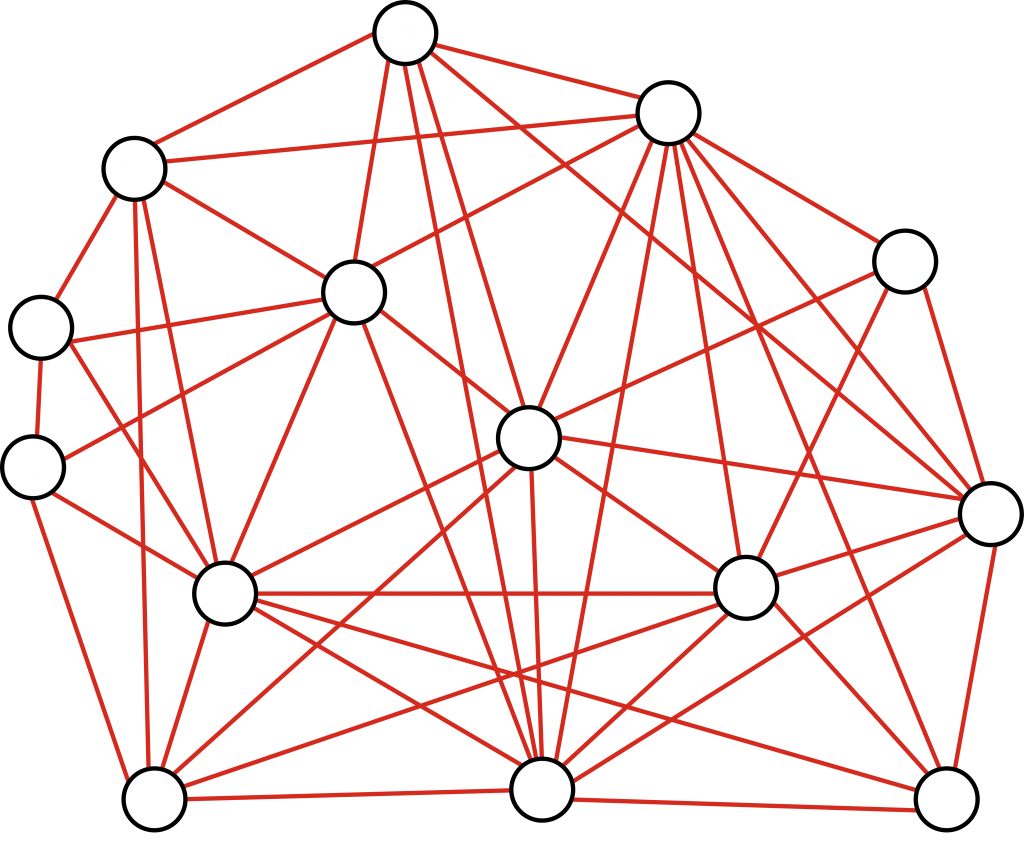A Mobile Ad-hoc NETwork (MANET) is a data network suitable for voice, data and video traffic. The network is ad-hoc because it is not reliant on any pre-existing infrastructure. Data traverses the network by ‘hopping’ from one network node to another until it reaches its destination.






